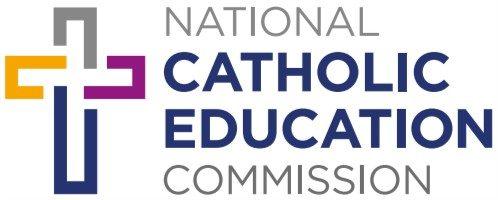Catholic education has been educating Australian students for over 200 years.
The first ‘official’ Catholic school in Australia was founded in October 1820 by Irish Catholic priest Fr John Therry and run by lay person George Marley (Morley) who was sent to Australia as a convict. The school, which Catholic historians believe was in Hunter Street, Parramatta, taught 31 students – seven of whom were Protestants.
Bishop John Bede Polding arrived in Sydney in 1835 and took control of the operation of the existing Catholic schools. By 1836, there were 13 primary schools, seven for boys, six for girls and all had some government support.
By 1839, there were 19 Catholic schools in New South Wales alone with the first Catholic University College opening in 1858. The leadership and commitment of lay people, clergy, and religious women and men to Catholic education has been extraordinary. The role of religious congregations from overseas, and those founded in Australia, saw many hundreds of Catholic schools established in the 1800 and 1900s.
Through our early Catholic educators, such as Australia’s first Saint, Mary MacKillop, Catholic schools were established to educate the poor and most vulnerable in society. The contribution of Mary MacKillop, and many others like her, has brought Catholic education to a place where “Catholic schools are a jewel in the crown of the Catholic Church in Australia, with few parallels in other countries”. (200 Years Young, p2)
In 1885, the Australian Catholic Bishops named their intention for a Catholic school to be provided in every parish to educate children in the faith and contribute to the common good. Catholic schools grew alongside their public school counterparts, and established a parallel school system in Australia, without any government funding or support for over a century.
In July 1962, the ‘Goulburn Strike’ instigated a renewed approach by the Catholic community to advocate the government for school funding. St Brigid’s Catholic primary school in Goulburn closed its doors to students in protest against the state government’s requirement that a school of its size required three extra toilets which the parish insisted it could not afford. The local Catholic diocese, at the direction of Auxiliary Bishop of Canberra & Goulburn John Cullinane, closed down all local Catholic primary and secondary schools and sent the children to the local government schools. The ‘strike’ lasted only a week but generated national debate and was seen as the tipping point for the re-establishment of government funding to Catholic schools in Australia.
The re-introduction of funding by the Menzies Government recognised the moral responsibility of governments to fund, at least in part, education for all Australian children, including those who had been excluded based on their choice of a religious school. It also acknowledged the significant contribution of Catholic schools to the public good.
In 1974, the Australian Catholic Bishops Conference, through the Bishops Commission for Catholic Education, established the National Catholic Education Commission (NCEC) as the peak body for Catholic education in Australia. The NCEC is responsible for the national coordination and representation of Catholic schools and education authorities.
From humble beginnings, Catholic education has grown to become the major provider of schooling outside of government. Today, we educate one in five, or nearly 820,000 students in 1,751 schools and employ over 112,000 staff. Nearly 40 per cent of Catholic schools are located outside of metropolitan cities in regional, rural and remote communities.
There are 15,000 children attending over 400 Catholic early learning and childcare centres across Australia; 6,000 Catholic catechists provide Religious Education for 200,000 students in government schools and parishes; and there are about 50,000 tertiary students enrolled in our two Catholic universities, with many more students studying at Catholic tertiary and theological colleges across the country.
“Catholic schools are also a major part of Australia’s educational ecosystem. They have provided high quality education to generations of young Australians, now numbering in their millions. They stand as a beacon in our society, for their contribution to the common good and to the nation’s social capital. They have helped nurture a more just, tolerant and cohesive society. Catholic education is determined in its commitment to excellence and equity.”
– 200 Years Young, p2

